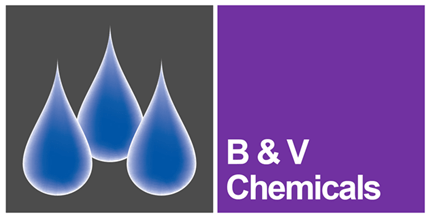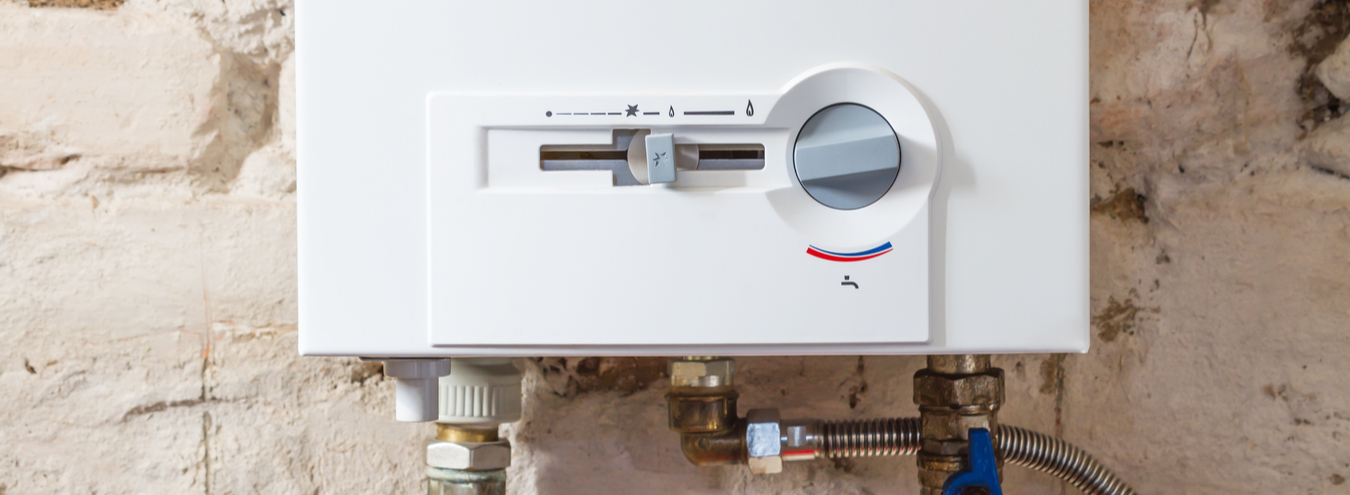There has been a flurry of activity in the industry as buildings return to full or at least partial operations with the easing of Covid-19 restrictions. At this time, there are many checks and actions which need to be undertaken to ensure everyone’s safety.
Initial thoughts for building managers will no doubt turn to Covid-19 guidelines and the social distancing measures which need to be considered. A Covid-19 specific risk assessment will also need to be carried out, which will involve putting control measures into place to keep people safe.
However, it is equally important to consider that if a building has been closed or had reduced occupancy, water system stagnation can occur. This increases the risk of Legionnaires’ disease. Consequently, the importance of reviewing existing risk assessments, including Legionella risk assessments, should not be overlooked.
The impact of shut down on water systems
When nobody, or very few people, are occupying a building, standing water in pipework systems can become stagnant. This stagnant water can increase the likelihood of the build-up of biofilm and growth of Legionella bacteria within the water system. When water is stagnant, hot water temperatures can decrease to the Legionella growth range of 25–42°C (or 77–113°F). Stagnant water can also lead to low or undetectable levels of disinfectant, such as chlorine.
You may find
The Chartered Institute of Environmental Health have provided guidance on this matter in the 'Legionnaire's Disease Lockdown Risk and Reopening Safely' booklet. The Water Management Society has also published relevant information in their guide titled ‘Guidance for Small Businesses to ensure water safety when re-opening following Covid-19 lockdown’.
The importance of flushing
A program of flushing both hot and cold-water systems through all points of use for an extended period may be identified as an action in your risk assessment.
Flushing should be carried out slowly to minimise spray and until the water temperature reaches that of the source temperature.
If weekly flushing has been routinely carried out during shutdown or periods of low usage, this additional flushing may be all that is required under the risk assessment to re-commission the building water system.
If it has not been possible to maintain a programme of weekly flushing, duty holders should liaise with their water treatment service provider to ensure systems are cleaned (if required) and disinfected before building reoccupation.
Cleaning and disinfection
System disinfection can be carried out using thermal or chemical disinfection. Chemical disinfection to BS8558 should be carried out by an experienced water treatment company. Chemicals commonly used include:
- Sodium hypochlorite (chlorine)
- Silver stabilised Hydrogen peroxide (SuPerSil / Huwa-san TR50)
- Chlorine dioxide
Chlorine dioxide products that can be used for this purpose are B&V’s Microbiocide CD Plus + Activator or chlorine dioxide tablets (optichlor 20S).
Descaling and disinfection of showerheads should also be carried out, for example by using B&V’s all-in-one product Multitreat SHD Indicator.
Ongoing maintenance to protect against Legionella growth
Ongoing maintenance and checks will always be required to ensure that the risk of Legionella growth is minimised. Water quality checks of temperature, pH, and disinfectant levels will be required in the same way and at the same frequency as pre-shut down checks. For low occupancy buildings, a flushing regime of little-used outlets will still be required, until optimal occupancy levels are reached.
Cleaning of specialist water systems
Cooling towers
Specialist water systems such as cooling towers need to be clean and well maintained. Start-up and shut down procedures as recommended in the manufacturer's guidelines and industry best practices must be followed. The tower and basin should be free of visible biofilm and debris.
Consideration should be given to water system cleaning and disinfection and/or controlled flushing to mitigate the risk of prolonged stagnation. Even if the tower appears well-maintained, an online disinfection is recommended before the cooling tower is put back into service.
For shutdowns of more than a month, re-commissioning of the tower should be as if new. Disinfection can be done using oxidizing biocides such as chlorine or bromine in conjunction with a bio dispersant such as Biosperse 1, which will remove any biofilm that has built up within the system.
Swimming pools and spas
For the safe opening of swimming pools and spa pools in a commercial or business setting, the Pool Water Treatment Advisory Group have created some helpful guidance here.
Consideration needs to be given to the potential risks from Legionella growth within water distribution systems feeding showers, changing rooms, kitchens and spas etc. Any change in use is likely to mean that risk assessments should be reviewed. There are a number of products in B&V’s Spa and Swimming pool range that are designed for the disinfection of spa and pool water and associated pipework.
Other systems
Other water systems which could be over-looked in the risk assessment include:
- Water Heaters - The manufacturer may recommend draining the water after a long period of disuse to prevent taste and odour problems when the system is brought back online.
- Decorative water features - These should be clear of visible biofilm and debris and an appropriate biocide added and allowed to circulate before a building is reoccupied. External water features, particularly those which produce an aerosol, may require cleaning and will require the addition of an appropriate biocide prior to start up.
- Vehicle wash systems - These should be clear of visible biofilm and debris with particular emphasis made on cleaning sludge from the base of sump tanks. An appropriate biocide will need to be added and allowed to circulate before the system is brought back into use.
- Ice machines - These may require additional cleaning according to the manufacturer’s instructions before being brought back into service and old ice within the machine will need to be discarded.
- Safety showers - These will also need to be considered in the new water risk assessment. Prolonged flushing and disinfection of the showerhead should be considered as a minimum.
- Drinking fountains, water coolers and other drinking water outlets - A risk assessment must consider the possibility that these may pose a risk of cross-infection regarding Covid-19. If the outlet does not allow sufficient room for a cup or glass to fit easily under a tap without touching the tap or nozzle it may be necessary to put these facilities temporarily out of service until Covid-19 restrictions ease. The use of single-use recyclable cups may be an option in some cases.
Testing for Legionella
For some systems, on-site testing to check the absence of Legionella bacteria may be advisable. Samples can be taken and sent to a lab for standard Legionella testing which can take up to 10–12 days. Hydrosense Legionella test kits are available which will give a result within 25 minutes.
As it is likely that some buildings and systems will be brought back online within tight time scales, this testing provides early reassurance that a water system, cooling tower or spa pool is safe to bring back into use although traditional colony count tests should also be undertaken.
It’s an exciting time as Covid-19 restrictions begin to ease and you start to welcome people back to the workplace. For duty holders, ensuring buildings are safe for people to come back to will be the top priority. By ensuring you have carried out a thorough review of existing risk assessments, and flushing and cleaning regimes as necessary, you can be sure that the water within your building is safe for occupants.




